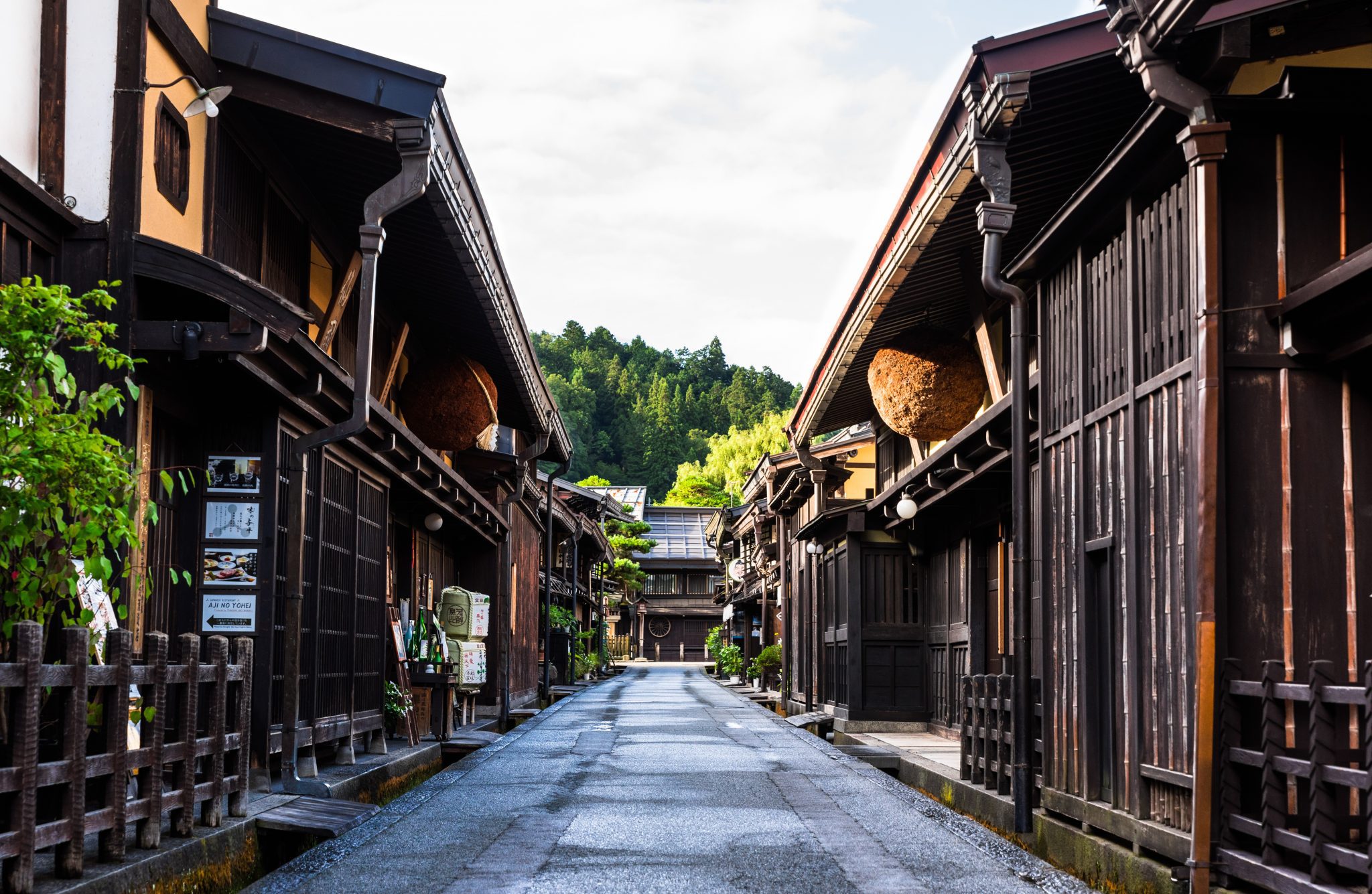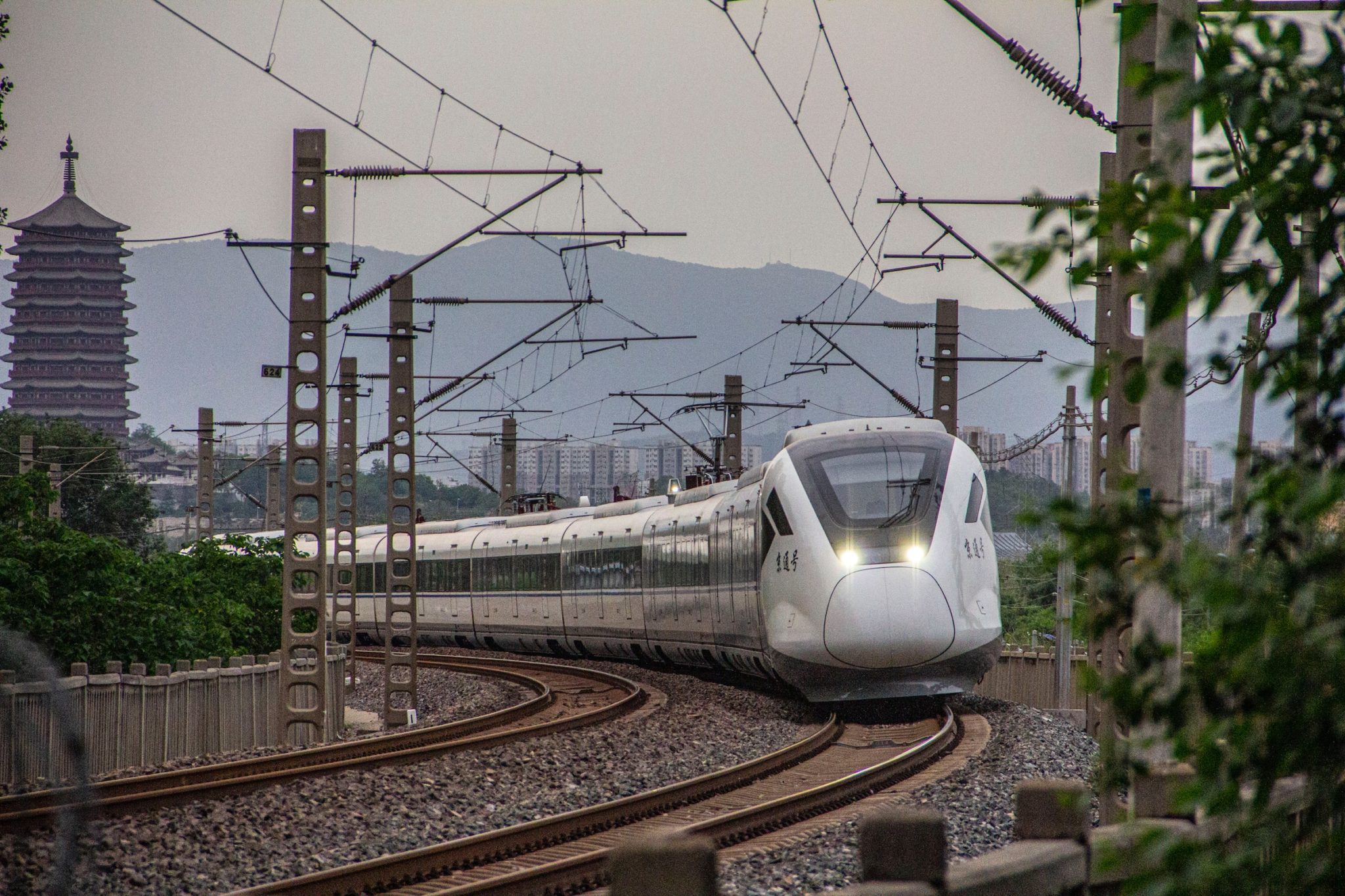What Takayama City Can Tell Us About the Future of Japanese Tourism

Skift Take
This sponsored content was created in collaboration with a Skift partner.
In recent years, the Japanese government launched an ambitious plan to use tourism to transform the country’s economy. But achieving the plan’s stated goal of 40 million overseas visitors by 2020 will be no easy feat. It will require more focus on lesser-known destinations beyond Tokyo and Kyoto, developing a template to help these locales promote themselves abroad, and identifying strategies to entice more overseas guests. In addition, better coordination will be necessary across all sectors of the Japanese tourism economy, helping link together the national government, regional and city governments, and private tourism businesses.
As Japan’s tourism stakeholders figure out their path forward, they may not need to look too far. In fact, the potential seeds of Japan’s tourism future are already starting to bloom in select cities and regions across the country. One of the best examples lies a few hours outside Tokyo in the mountainous city of Takayama.
According to 2017 Japanese tourism statistics, the province of Chubu (where Takayama is located) ranked sixth of 10 regions in Japan, receiving just under five million tourists in 2017. And yet Takayama, which is earning growing fame for its charming small-town atmosphere and traditional Japanese culture, is thriving. The total number of accommodation nights in 2017 grew to 500,000, up from just 100,000 just 12 years prior. More importantly, this tourism surge is having a noticeable impact on the local economy, providing much-needed foreign currency and offsetting business productivity drops related to an aging workforce.
Is there a secret formula behind Takayama’s remarkable tourism story? And, most importantly, is it a model that other destinations in Japan (or even throughout the world) can replicate as they seek to catalyze their own tourism surge?
Letting Visitors Lead the Way
From an outsider’s perspective, Takayama’s rapid tourism growth suggests it is the result of an active marketing campaign designed to reach overseas guests. But the surprising fact about Takayama’s visitor surge is that the city has largely followed an organic, hands-off approach, one that allows travelers to help direct the destination’s evolving tourism approach.
This does not mean Takayama does not promote itself ––far from it. For instance, much like destinations around the world, government officials have been actively promoting the city by means of marketing programs such as “familiarization trips,” which invite influential journalists, bloggers, and social media stars like Tara Milk Tea to visit, create, and share content with their audiences.
But unlike other destination marketers, the city doesn’t concentrate its promotional efforts around any specific event or tourist attraction. Instead, local officials believe that Takayama’s strongest selling points are its atmosphere and traditional Japanese charm. “When tourists come here, they feel like the image of Japan they have in their heads is visible,” said Eiji Maruyama, executive director of the Overseas Marketing Strategy Division at the City of Takayama.
Indeed, the city is blessed with a beautiful mountain setting, charming downtown streets lined with traditional Japanese buildings, and a wealth of cultural amenities like sake breweries and nearby “onsens” (hot spring baths). That’s why preserving and promoting this atmosphere has become a key focus of the city’s marketing efforts. “Of course you can enjoy seeing the streets and the festivals, but there aren’t any big temples or national treasures,” said Maruyama. “The charm of Takayama is in its daily life.”
This insight has influenced how the city communicates its tourism activities to visitors and stakeholders, coloring everything from the development of local tourism businesses to how it collaborates with private companies and regional governments on tourism infrastructure. The key, it seems, is to develop an organic, responsible path to visitor growth –– one that tries to play to Takayama’s strengths while actively encouraging civic pride in the town’s tourism economy. “The key is not what to show, but how to show,” said Maruyama.
Building a Culture of Public and Private Collaboration
In much the same way that Takayama is taking an organic, visitor-focused, approach to tourism growth, the city is following a similar path in its collaboration strategy between the public and private sector. This partnership strategy is proving to be critically important, especially for a city that faces a number of built-in tourism challenges, both in terms of visitor infrastructure and geography. Takayama has no international airport connections, and is not directly linked to Japan’s extensive network of bullet train stations. It is also at disadvantage geographically, located away from the Japanese hub cities of Tokyo, Kyoto, Osaka, Nagoya and Hiroshima.
But these seeming disadvantages have ultimately proved to be a positive, as they have encouraged Takayama’s tourism community to band together, coordinating the efforts of local businesses, the city government, and other regional tourism boards around a set of shared goals. “For other local governments, sometimes only the government gives money for the promotion, or only private companies do promotion,” said Maruyama. “But in Takayama, we have a unique structure in that these different entities always work together.”
One example of this public/private collaboration strategy is the city’s highly successful trade show program, which invites city tourism businesses to attend travel exhibitions in locales as far flung as Canada, Hong Kong, Australia, and France. Another example is the installation of Japan’s first tax-exemption service counter on a local shopping street, which has simultaneously helped stimulate new visits from souvenir-buying travelers while also helping tourists understand and utilize Japan’s popular tax-free shopping policy.
Takayama’s growing emphasis on private and public partnership is also impacting how the city plans for future tourism infrastructure development. For instance, as local officials and private businesses work to add new accommodations capacity, efforts have been taken to make sure this new inventory does not negatively impact overwhelm the current visitor experience.
Takayama’s government is even bringing this same entrepreneurial and collaborative spirit to its partnership plans with other regional Japanese destinations. The city recently teamed up with the nearby cities of Matsumoto and Kanazawa to develop a new tourism route and transport network. Meanwhile city officials have welcomed more than 60 local governments from around the country to Takayama to learn lessons about the city’s tourism success.
Embracing Local Entrepreneurship
Yet another reason for Takayama’s success is its efforts to support the growth of new tourism businesses in the region. Even as the national government of Japan continues to play an important role in attracting visitors, there’s a growing recognition from cities like Takayama that future tourism development in the country must take a more grassroots, bottom-up approach aided by private entrepreneurs and local businesses.
One example of this shift in thinking in Takayama is Hidaiiyo, a tourism business founded by hometown entrepreneur Shingo Matsuba in 2014. Even though Matsuba grew up in Takayama, he spent the early years of his post-collegiate career as an employee of a large corporation in Tokyo. But after growing dissatisfied with life in the big city, Matsuba decided to return to his hometown, where he started a new business to help revitalize the local community and economy. “Our vision is to develop and improve the region through business,” said Matsuba. Today, Hidaiiyo operates as a multi-faceted tourism entity in the region, offering visitors access to a variety of local experiences like sake tasting, cooking classes, and fishing trips, along with opportunities to stay in unique vacation rentals hosted inside one of 11 remodeled “machiya,” a style of traditional Japanese home found throughout Japan.
Matsuba’s vision for Hidaiiyo closely aligns with the responsible, community-first ethos described by other tourism stakeholders in Takayama. It’s a philosophy focused on how tourism can lift up local communities while simultaneously providing overseas guests with one-of-a-kind experiences. “We call this ‘traveling like a human,’” said Matsuba. “We don’t like mass-produced travel, and we want to be more personalized and more unique.” One way Hidaiiyo is bringing this idea to life is through its relationship with local businesses like the brewery Funasaka, which the travel company uses to host sake tasting classes and tours. The partnership has helped Funasaka to expand its customer base beyond locals, while simultaneously allowing the brewery to add a new revenue stream from tours and activities.
Best of all, the banks in Takayama are increasingly aligned with the city’s tourism mission, helping nurture the growth of tourism entities like Hidaiiyo. Historically, small tourism businesses may have been perceived as a risky decision for some Japanese locals. But that’s not the case in Takayama. As Matsuba notes, local banks have been surprisingly receptive to his business plan, helping to provide the necessary capital for Hidiiyo’s expansion. “They welcome entrepreneurs like us,” he said. Since launching his business five years ago, Hidaiiyo has welcomed more than 7,300 guests at its machiya properties, along with 2,000 tourists at its tours and activities business.
Conclusion
Takayama’s tourism story is a unique one. Not every destination throughout Japan will be able to copy the model that has made this mountainous destination a success. But that doesn’t mean there aren’t lessons to learn. As more tourism stakeholders throughout Japan now realize, a successful tourism strategy has multiple components.
It starts by acknowledging both the destination’s strengths and its weaknesses and understanding how those align with the needs of potential visitors. The destination can then use those insights to inform the creation of future tourism infrastructure and marketing plans. It also means that tourism officials need to gain buy-in for their strategy, not just from tourism businesses, but from the entire community of local residents who will be impacted by these decisions. Finally, it means building a sustainable path for tourism growth –– one that prioritizes long-term success over short term profits.
Japan’s lesser-known destinations like Takayama may not yet be on the radar of most overseas visitors. But thanks to the strategies embodied by this pioneering city, these up-and-coming destinations have a bright tourism future ahead of them.
This content was created collaboratively by Japan National Tourism Organization and Skift’s branded content studio, SkiftX.




